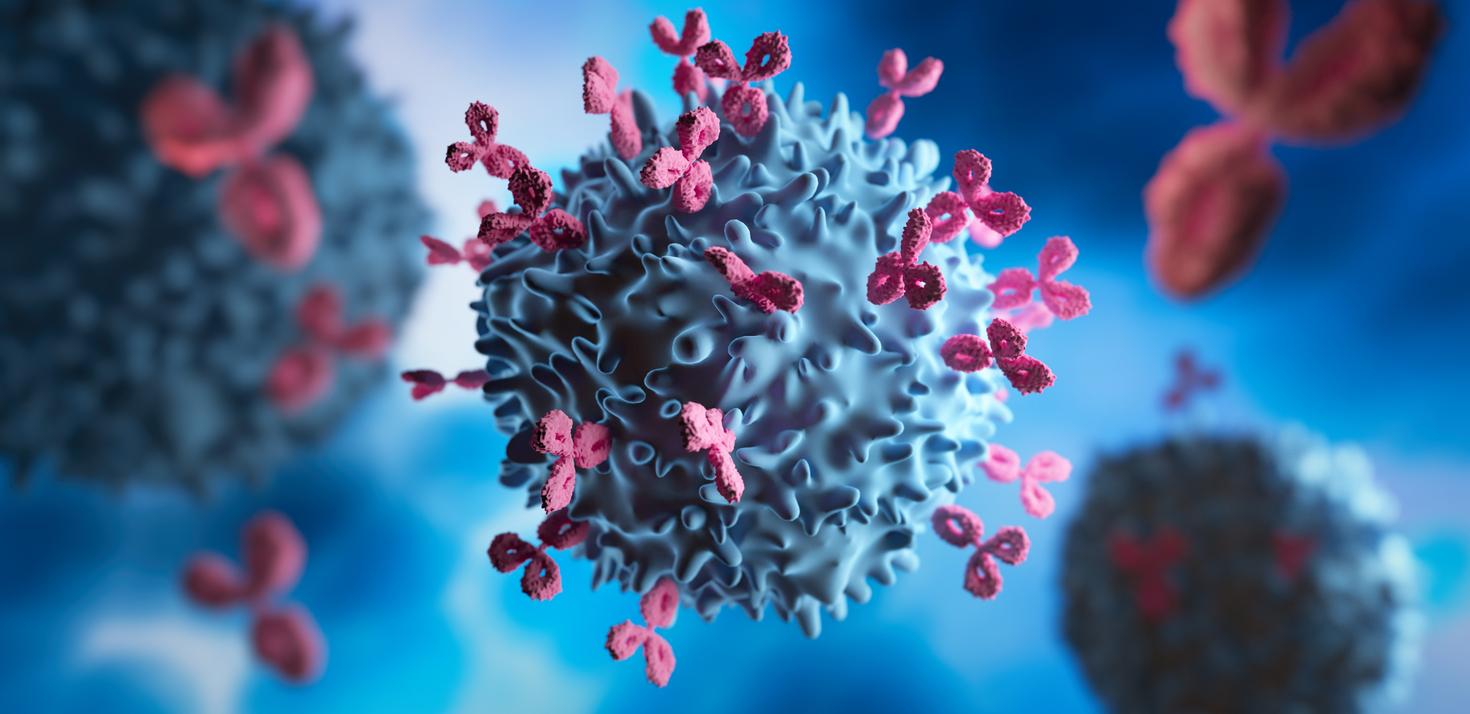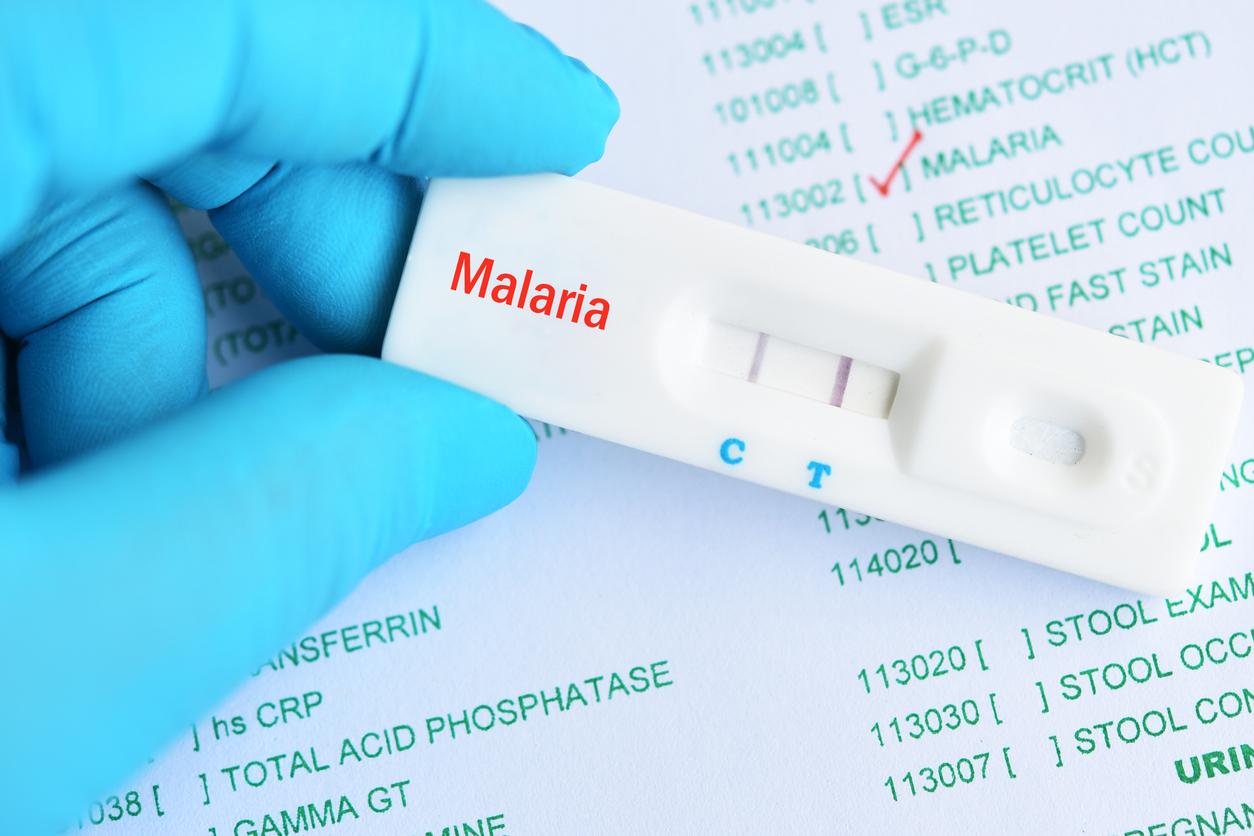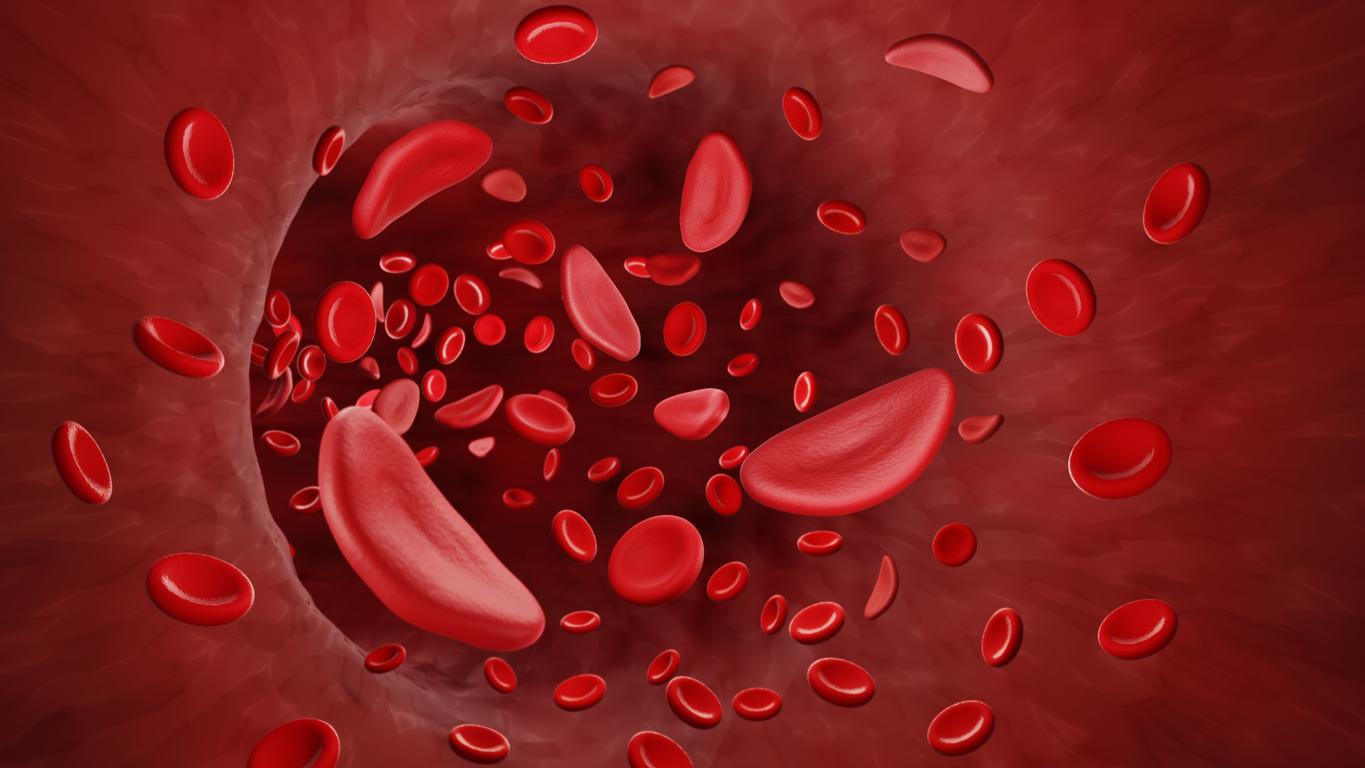- Why screen for cervical cancer?
- Who is affected by cervical cancer screening?
- Cervical cancer: where to get screened?
- Is cervical cancer screening free?
- Organized screening: how does it take place?
Why screen for cervical cancer?
THE cervical cancer screening detects early-stage cervical cell abnormalities caused by human papillomavirus (HPV) infection. The viruses of this family attack the skin and/or the mucous membranes: a dozen viruses (HPV 16, 18, 31, 33, 35, 39, 45…) can be responsible for cervical cancer in the uterus. Transmission is mainly by sexual means, during penetration, a kiss or an oral act (fellatio, cunnilingus, etc.)
Read also: HPV infection: should you talk to your partners about it?
Papillomaviruses are not uncommon: HPV infection is even the most common sexually transmitted infection. Approximately 80% of women encounter the papillomavirus early in their sex life. This is a common infection, which is transient and disappears spontaneously within two years of infection, but it nevertheless happens that in about 5 to 10% of cases, this virus causes genital lesions, which can progress to a cancer. In France, 3,000 women each year develop cervical cancer and 1,100 die from it.
Why the #CervicalCancerScreening does it matter? Who is affected by this screening? How is a screening test carried out? How often should it take place based on your age? Which healthcare professional should I contact? A video to understand everything pic.twitter.com/luWLUAMAMd
– National Cancer Institute (@Institut_cancer) January 23, 2023
Cervical cancer screening helps toidentify possible precancerous lesionsalso called cervical intraepithelial dysplasia or neoplasia, and to monitor or treat them before they progress to cancer. Attention : this screening remains necessary even in the case of vaccination against the papillomavirus. Through this screening, 90% of cervical cancers could be prevented.
Who is affected by cervical cancer screening?
All women between 25 and 65sexually active or having already had a sexual activity, are concerned by this screening.
However, since July 2020, the screening methods vary according to age according to the HAS recommendations :
- Between 25 and 29 years oldscreening is carried out by a cytological examination (detection of abnormal cells) every three years, after two initial tests carried out one year apart, the results of which are normal;
- Between 30 and 65 years old, the HAS recommends the HPV-HR test (detection of the presence of the papillomavirus) to replace the cytological examination. THE HPV-HR test is performed three years after the last normal cytological examination, then every five years until the age of 65 if the results remain negative. “Concretely, the doctor passes a small brush on the cervix through the vagina then the sample is sent to the laboratory for analysis: for the patient, it is almost like a smear“, indicates the French Society of Colposcopy and Cervico-Vaginal Pathology (SFCPCV). It makes it possible to detect the presence of the HPV virus in the cells removed more reliably than a simple cytological test.
Both analyzes are done after a uterine smear testa simple, quick and painless examination (70% covered by Health Insurance).
Cervical cancer: where to get screened?
The screening cancer screening smear can be carried out by the general practitioner, a gynecologist, a midwife or even in certain medical analysis laboratories on the prescription of his doctor.
Is cervical cancer screening free?
Since March 24, 2020, the HPV test has been fully reimbursed by Social Security. Until now, to benefit from this medical act, you had to pay between 30 and 35 euros – a price that was not necessarily affordable for all patients. “The reimbursement of the HPV test will allow all women to benefit from optimal screening, which has until now been reserved for those who could afford it.“ notes the SFCPCV.
Organized screening: how does it take place?
Since May 2018, a organized screening is implemented by the public health authorities, in particular to reduce the incidence and mortality from cervical cancer by at least 30% within 10 years.
It concerns women aged 25 to 65, asymptomatic, pregnant, postmenopausal and women vaccinated against HPV infections, i.e. approximately 17 million women.
Concretely, a invitation by mail is sent to women who do not spontaneously respond to screening within the recommended intervals, encouraging them to consult their general practitioner, a gynecologist or a midwife. “Nevertheless, screening by invitation represents only 11.4% of the activity”laments Dr. Christine Bergeron, president of the SFCPCV: 40% of women in the target population do not yet take a test. The purpose of this organized screening is thus to convince these women to respond to invitations and thus increase screening coverage: regular screening would significantly reduce the number of cases of cancer of the cervix according to INCA.
For more information on the screening process : BD Health – Cervical cancer screening
Sources:
- Press release SFCPCV
- Cervical cancer screening: the HPV-HR test recommended for women over 30, HAS, July 6, 2020


















